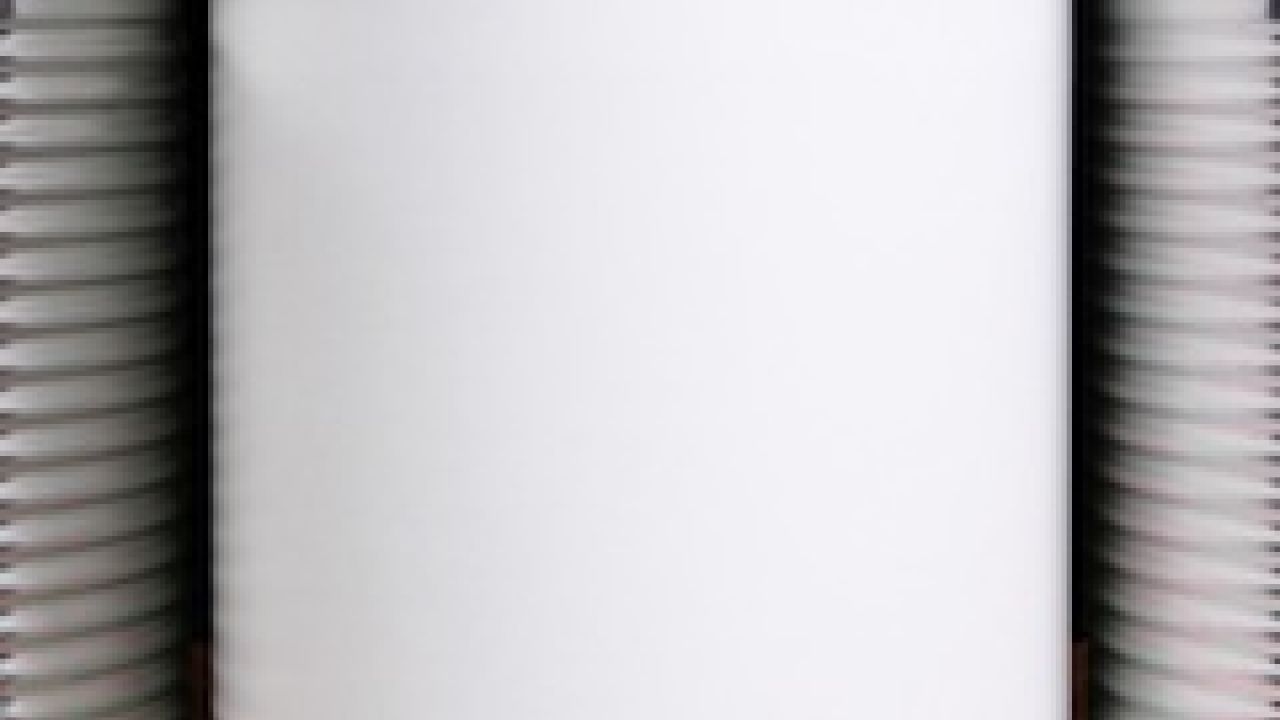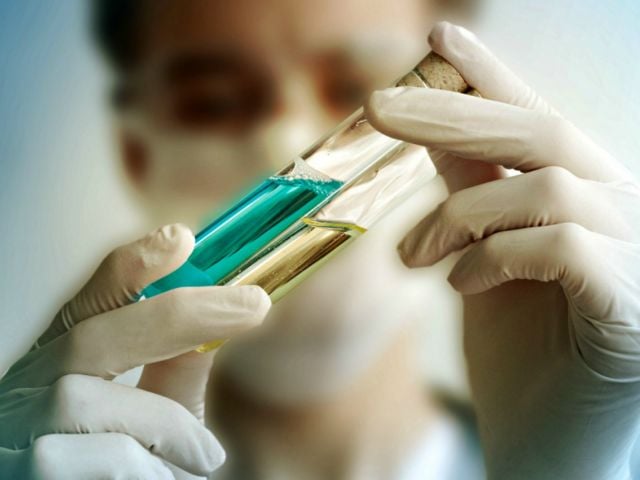
Under mounting pressure from consumers, scientists, advocacy groups and lawsuits, the Food and Drug Administration is about to decide whether to ban the ubiquitous industrial chemical BPA (bisphenol-A) from food packaging, including infant formula and canned food.
If the FDA takes that step, it will mark a major turning point in the long-running battle over the presence of BPA and other potentially dangerous industrial chemicals in Americans' food, water, consumer products - and bodies. Introduced 70 years ago and widely used in manufacturing plastics, BPA is present in products as diverse as bicycle helmets, water coolers, baby bottles and even cash register receipts - in addition to food and beverage packaging.
As a result, the U.S. Centers for Disease Control and Prevention (CDC) now estimates that BPA is in the urine of 93 percent of all Americans. And over the last decade, a growing body of independent research from around the world has linked the chemical to a number of common and serious health problems such as early puberty, brain and heart disorders, infertility and prostate and breast cancer.
EWG has been at the forefront of BPA research since 2007, when it released a first-of-its-kind study that found that BPA leached from can linings and other containers into more than half the canned foods, beverages and liquid infant formula tested. In 2009, EWG followed up with laboratory tests of umbilical cord blood from 10 newborn infants - and found BPA in nine of them. That showed for the first time babies still in the womb were being exposed to the toxic chemical.
The evidence indicates that the greatest risk of exposure is from canned food and liquid infant formula. Both are sold in cans that commonly have BPA in the linings. Another EWG study showed in 2007 that 1-in-16 formula-fed infants were ingesting levels of BPA shown to be toxic to animals. EWG's tests found the highest concentrations of the chemical in canned soup, pasta and infant formula.
Scientists developed BPA as a pharmaceutical hormone, a synthetic estrogen, in the 1930s. In the 40s and 50s, industry began to use it to manufacture a hard plastic called polycarbonate, to make the epoxy resins that line metal food cans and in a wide variety of other products. We now know that BPA continues to leach out of plastic long after it's manufactured, yet companies have never been required to prove that it's safe.
Recently, several U.S. states, including California, have banned the chemical from baby bottles and sippy cups, and now the FDA, which has authority over a large segment of the food industry, is poised to make a major ruling on BPA in food packaging. That decision is expected by March 31.
Campbell's, the world's largest soup maker, recently said it would begin to seek out a safer substitute for its cans. Other food industry leaders - including ConAgra, Eden Foods and Heinz - are also considering reformulating their food containers to eliminate BPA. Unless the government acts to remove BPA from all food packaging, American consumers will continue to be exposed through the food they eat. To encourage the FDA to act, EWG has asked its more than 1million followers to sign a petition urging the agency to act. As I write this, more than 100,000 people have already done so.
A chemical that can disrupt hormone function and potentially cause cancers, diabetes, infertility and brain disorders should not be contaminating the food that millions eat every day.



